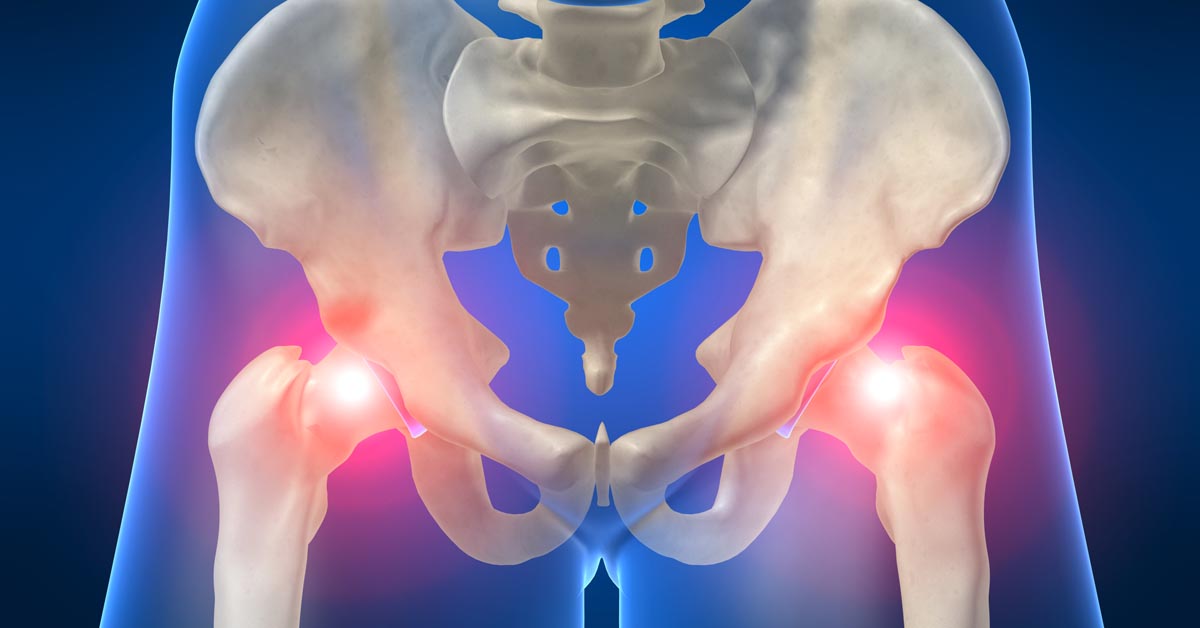In this post I’m going to show you how to control or eliminate your low back pain or neck pain by changing your body position.
The tips I’m going to share with you are those used by experienced doctors and therapists to evaluate low back pain and neck pain problems. Don’t worry I’m not going to throw lots of medical terminology at you. This is pretty straight forward and you can use it with your doctor in a healing partnership.
Specifically I’m going to show you how the positions you assume and the movements you make can change the location and intensity of the pain you experience.This is best illustrated by an example. Jane will be our example.
Let’s say Jane has been having pain in the right side of her lower back for the past few days. Her back has been stiff as well. Upon waking in the morning her back is stiff and painful so she bends forward several times trying to stretch out her back. It feels OK while she is bending, but when she straightens up her back seems just as painful and even stiffer. She's got to get to work however, so she gets in her car for her 30 minute commute. Upon arriving at work she gets out of the car and notices that she is now having pain in her right buttock and the back of her right thigh as well as in the lower back.
What Jane just did and the response she got provides a lot of information about the nature of her problem. Because the pain is now going down into her thigh the problem is now worse at least temporarily. And the forward bending and the sitting she just did are what made the problem worse.
It might be tempting to generalize and think that what made Jane worse will make you worse as well. Each person is different: the movements and positions that are harmful to one person may be different than those that are harmful to another person. What you’ve got to learn about it what is right for you and that is the purpose of this post and several others that will be coming your way shortly.
So what should you do if you want to avoid what happened to Jane? You need learn two skills.
You need to be able to make note of the location and intensity of pain and track any changes that occur. This is a very non emotional tracking of pain. Pain has an emotional component for sure and well talk about this more later. What you are going to develop is a very dispassionate tracking of your symptoms. Now it’s in my neck, now it’s in my arm etc.
The second thing is for you to learn the configurations your spine assumes when you perform your everyday activities of sitting, bending, lifting, lying down, walking, and any other position you commonly assume. Is your spine bent forward, backwards, sideways or a combination thereof?
When you supply your doctor with this type on information it can be of great benefit in diagnosing your problem and providing you with simple but powerful therapeutic tools that can forever put you in charge of caring for your spine.
All these things will be discussed in detail in my upcoming posts.Talk to you soon.
To see a video presentation of this post click on this link



